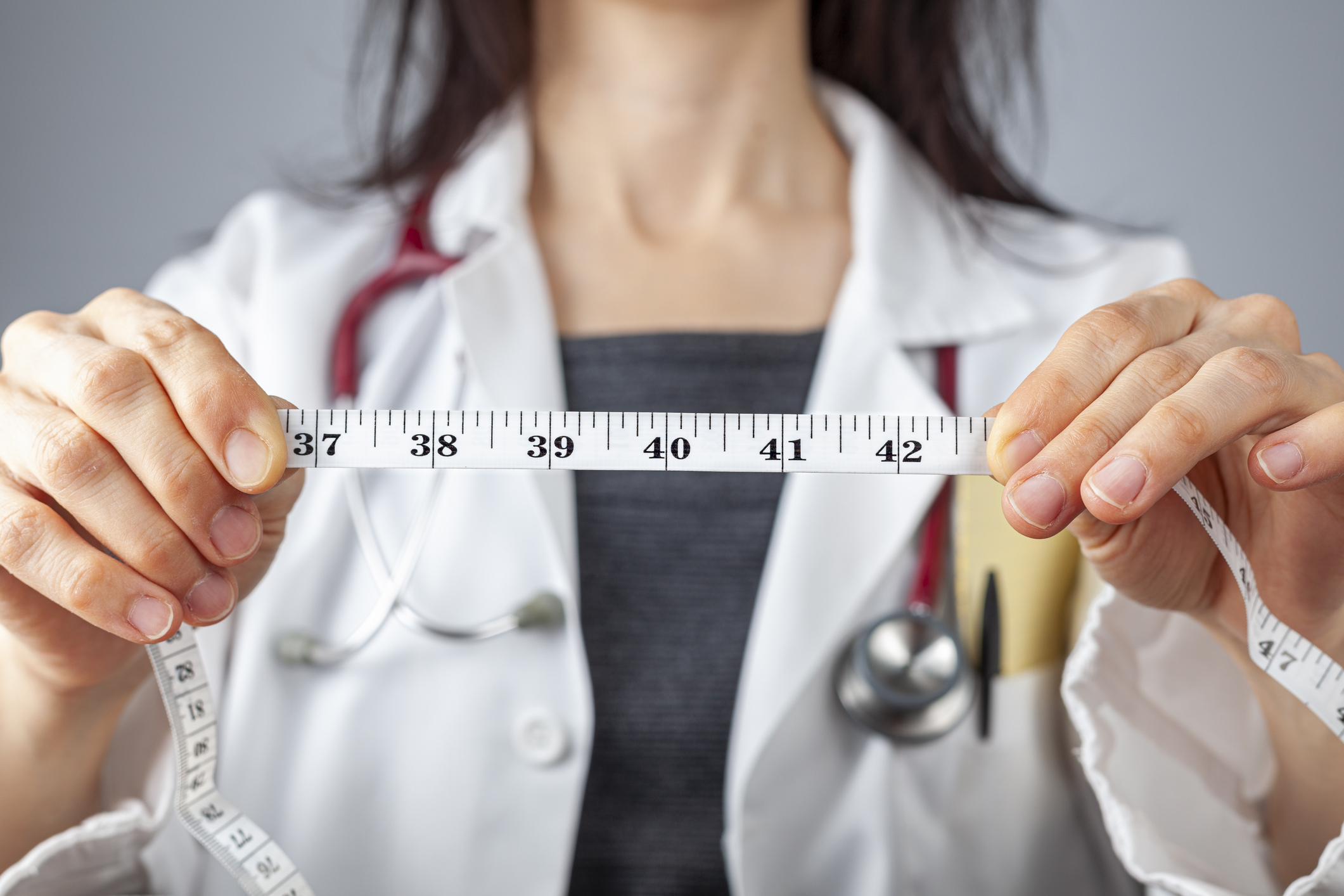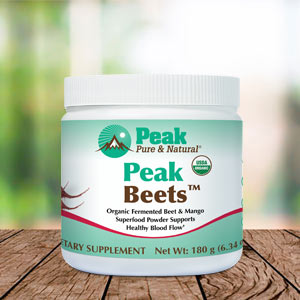Get Easy Health Digest™ in your inbox and don’t miss a thing when you subscribe today. Plus, get the free bonus report, Mother Nature’s Tips, Tricks and Remedies for Cholesterol, Blood Pressure & Blood Sugar as my way of saying welcome to the community!
What to know about the new heart disease risk measurement

Cardiovascular disease is the leading cause of death worldwide.
It’s long been acknowledged that being overweight or obese dramatically increases your risk of heart disease.
A few years ago, I wrote about metabolically healthy obesity as a way of explaining why some obese people have better cardiovascular health than people of healthy weight.
But is it pounds that count, or something else entirely?
The history of body mass index
Since the 1990s, body mass index, or BMI, has been the standard way to estimate a person’s percentage of body fat. It’s a number that is calculated from a person’s weight and height.
BMI was originally meant to describe the risk of a population as a whole. But because it’s so easy to calculate, it became a clinical tool. A doctor can calculate your BMI with nothing more than a scale and a tape measure.
But BMI doesn’t distinguish among different types of weight.
“Weight can be composed of so many parts of us: our water weight, bone weight, fat, and muscle,” says Dr. Beverly Tchang, an endocrinologist and assistant professor at Weill Cornell Medicine.
“You can have someone come in with a normal BMI, and they already have prediabetes, high blood pressure, and high cholesterol,” she says. “That’s probably because that normal BMI is missing the fat distribution detail.”
There’s an alternative to the BMI, and it’s turning out to be the prediction tool we need.
BRI: A better predictor of your heart’s risks
Body roundness index (BRI) combines waist circumference and height, reflecting the proportion of abdominal and visceral fat a person carries. Actual weight in pounds is not a factor in this formula.
A study recently showed why BR, is a far more accurate way to assess an individual’s risk of cardiovascular disease.
Researchers in China analyzed BRI measurements in a group of almost 10,000 adults between 2011 and 2016.
They assigned people to three groups based not only on their BRI, but on how it changed over time: a low-stable group, a moderate-stable group, and a high-stable group.
Compared to participants in the low-stable BRI level group, the risk of cardiovascular disease in the moderate-stable BRI level group increased by 61 percent, and the risk in the high-stable BRI level group increased by 163 percent.
“Our findings indicate that six years of moderate-to-high stable BRI appeared to increase the risk of cardiovascular disease, suggesting that BRI measurements may potentially be used as a predictive factor for cardiovascular disease incidence,” says senior study author Dr. senior study author Yun Qian.
How to avoid being “round”
To be honest this information isn’t news to us. It’s just more confirmation that fat carried in the midsection — belly fat, visceral fat, call it what you will — is almost a sure ticket to cardiovascular disease.
Back in 2019, I reported that the Endocrine Society listed waist circumference, an indication of excess fat in the midsection, along with four other factors to identify metabolic syndrome as a cardiovascular risk factor.
As with most things, diet and exercise are your two best weapons.
If you’re carrying belly fat, don’t be discouraged if you start exercising and don’t see visible changes. Even when it doesn’t show, it’s altering the composition of that deadly fat by reducing the number of inflammation-causing cells it contains. Inflammation is a significant contributor to heart trouble.
The role of hormones can’t be ignored when discussing belly fat either. Several, including the sex hormones estrogen and testosterone, insulin, cortisol (stress hormone), leptin and ghrelin (hunger hormones), not to mention thyroid and adrenal hormones, affect abdominal weight gain.
Discuss having your thyroid levels checked and rule out adrenal fatigue, leptin resistance and insulin resistance, and explore balancing estrogen and testosterone with a trusted healthcare practitioner.
According to cardiologist, Dr. Elizabeth Klodas, “As more studies validate the effectiveness of BRI, we could see a shift in how doctors assess and manage weight-related health risks. While BMI isn’t likely to disappear overnight, it’s clear that it can’t stand alone as the definitive measure of health.”
Editor’s note: Are you feeling unusually tired? You may think this is normal aging, but the problem could be your master hormone. When it’s not working, your risk of age-related diseases skyrockets. To reset what many call “the trigger for all disease” and live better, longer, click here to discover The Insulin Factor: How to Repair Your Body’s Master Controller and Conquer Chronic Disease!
Sources:
Measure of body roundness may help to predict risk of cardiovascular disease — Eureka Alert
Body Roundness Index Trajectories and the Incidence of Cardiovascular Disease: Evidence From the China Health and Retirement Longitudinal Study — Journal of the American Heart Association
More belly weight increases danger of heart disease even if BMI does not indicate obesity — Science Daily
Could the Body Roundness Index One Day Replace the BMI? — JAMA Network
Time to Say Goodbye to the B.M.I.? NY Times
Body Roundness Index and All-Cause Mortality Among US Adults — JAMA Network














